We often consider our homes sanctuaries—a place to relax, unwind, and rejuvenate. However, many hidden elements in our living spaces could negatively impact our health and well-being. From the air we breathe to the products we use daily, various factors in the home environment may have unintended consequences. Let’s explore 20 surprising ways your home could affect your well-being and what you can do about it.
Poor Air Ventilation
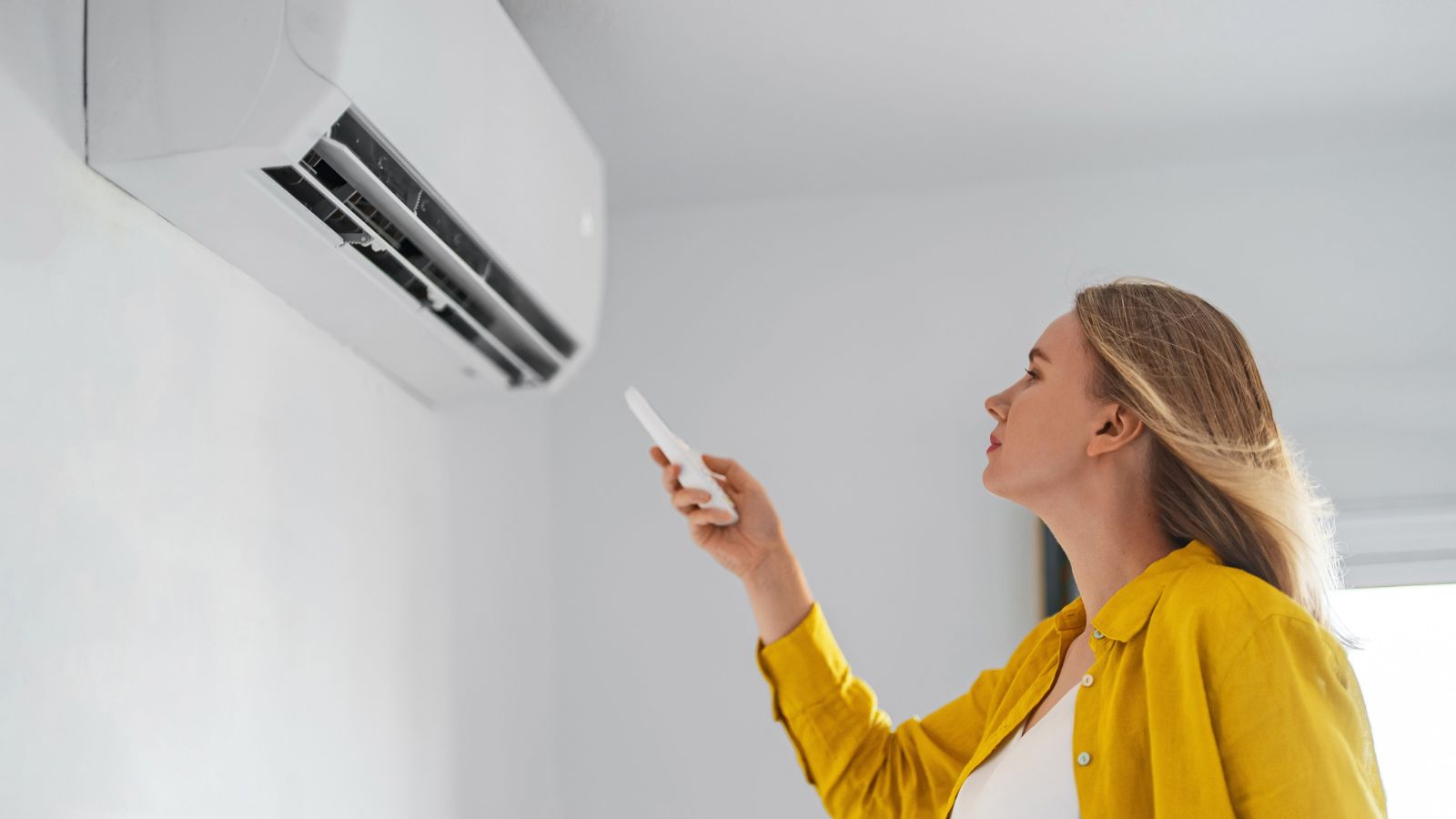
Indoor air quality plays a significant role in our overall health. Unfortunately, many homes lack adequate ventilation, which can trap pollutants like dust, mold spores, and pet dander. These airborne irritants can exacerbate respiratory problems, trigger headaches, and even cause fatigue. Ensuring proper ventilation and using air purifiers can help improve the air you breathe.
Volatile Organic Compounds (VOCs)

You may not realize it, but everyday household items such as paints, cleaning products, and even furniture can release VOCs—harmful chemicals that can cause dizziness, headaches, and long-term health issues like liver and kidney damage. Choosing low-VOC or VOC-free products and increasing ventilation when using chemicals can reduce exposure.
Radon Exposure

Radon, a naturally occurring radioactive gas, can seep into homes through cracks in floors or walls. Long-term radon exposure is the second leading cause of lung cancer. Testing for radon and sealing leaks in your home can help mitigate this risk.
Chemicals in Household Cleaning Products
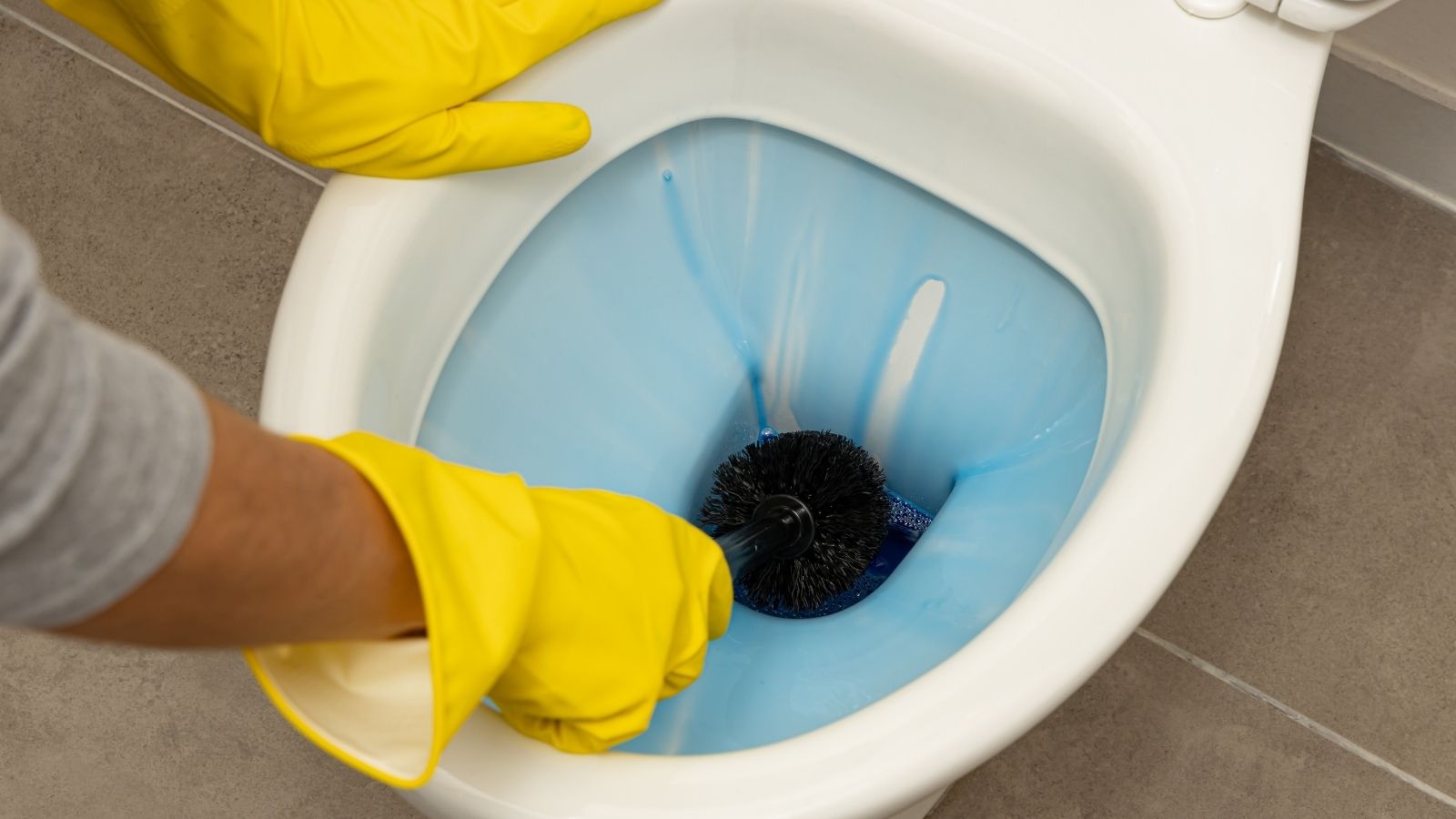
Many cleaning agents contain harsh chemicals that can irritate the skin, eyes, and respiratory system. Prolonged exposure to these substances may cause allergies and asthma. Switching to natural or non-toxic cleaning products can significantly reduce the health risks linked with conventional cleaners.
Toxic Fumes from Non-Stick Cookware

While non-stick cookware is convenient, it can release toxic fumes when heated at high temperatures, especially if scratched or worn. These fumes can damage the lungs over time. Opting for alternatives like stainless steel or cast iron can help avoid this hazard.
Flame Retardants in Furniture
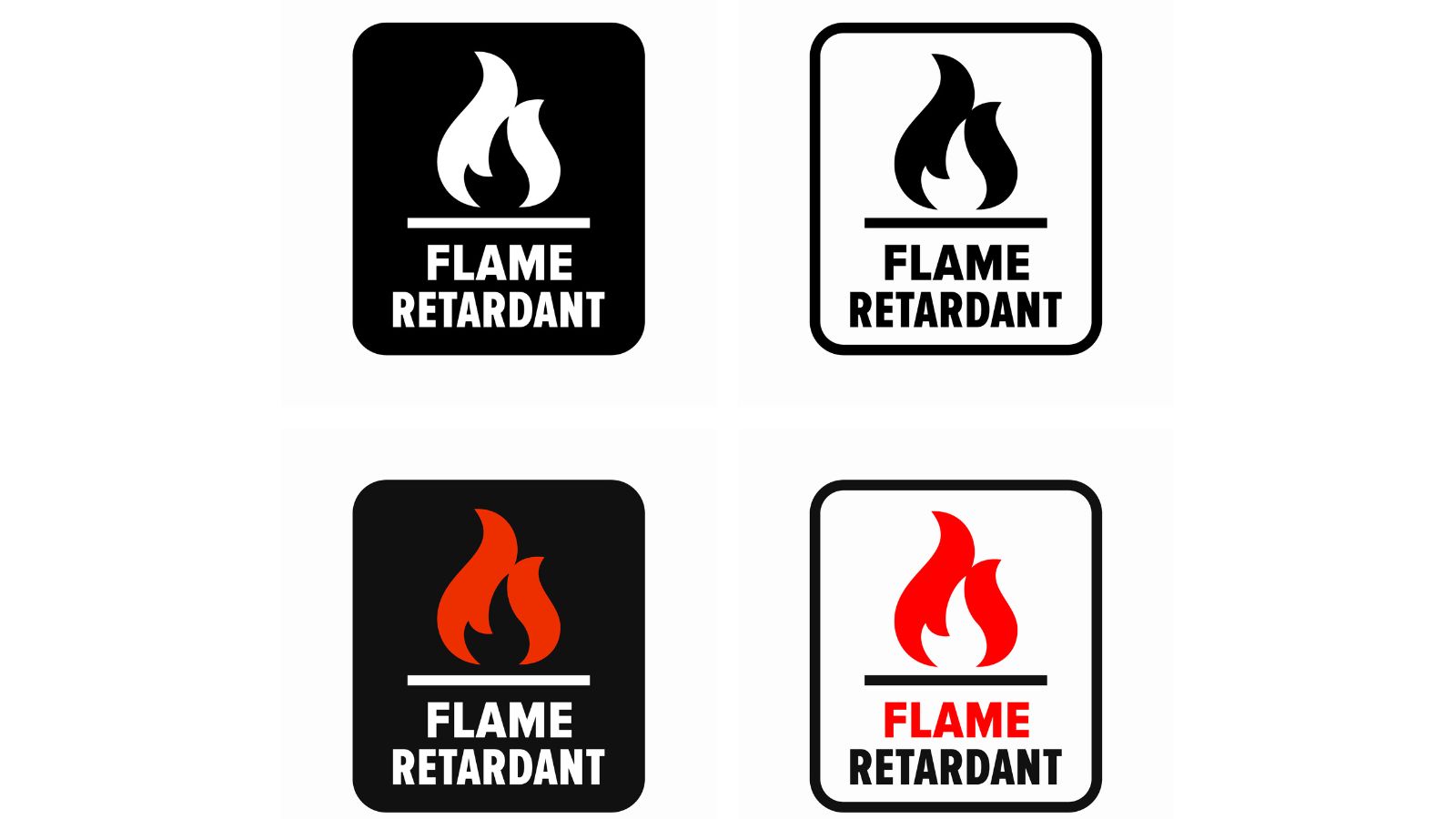
Flame retardants are commonly used in furniture, electronics, and mattresses to meet fire safety standards. However, these chemicals can leach into the air over time, disrupting hormone function and potentially leading to health problems. Choosing flame-retardant-free products and using an air purifier can minimize exposure.
The Hidden Dangers of Mold
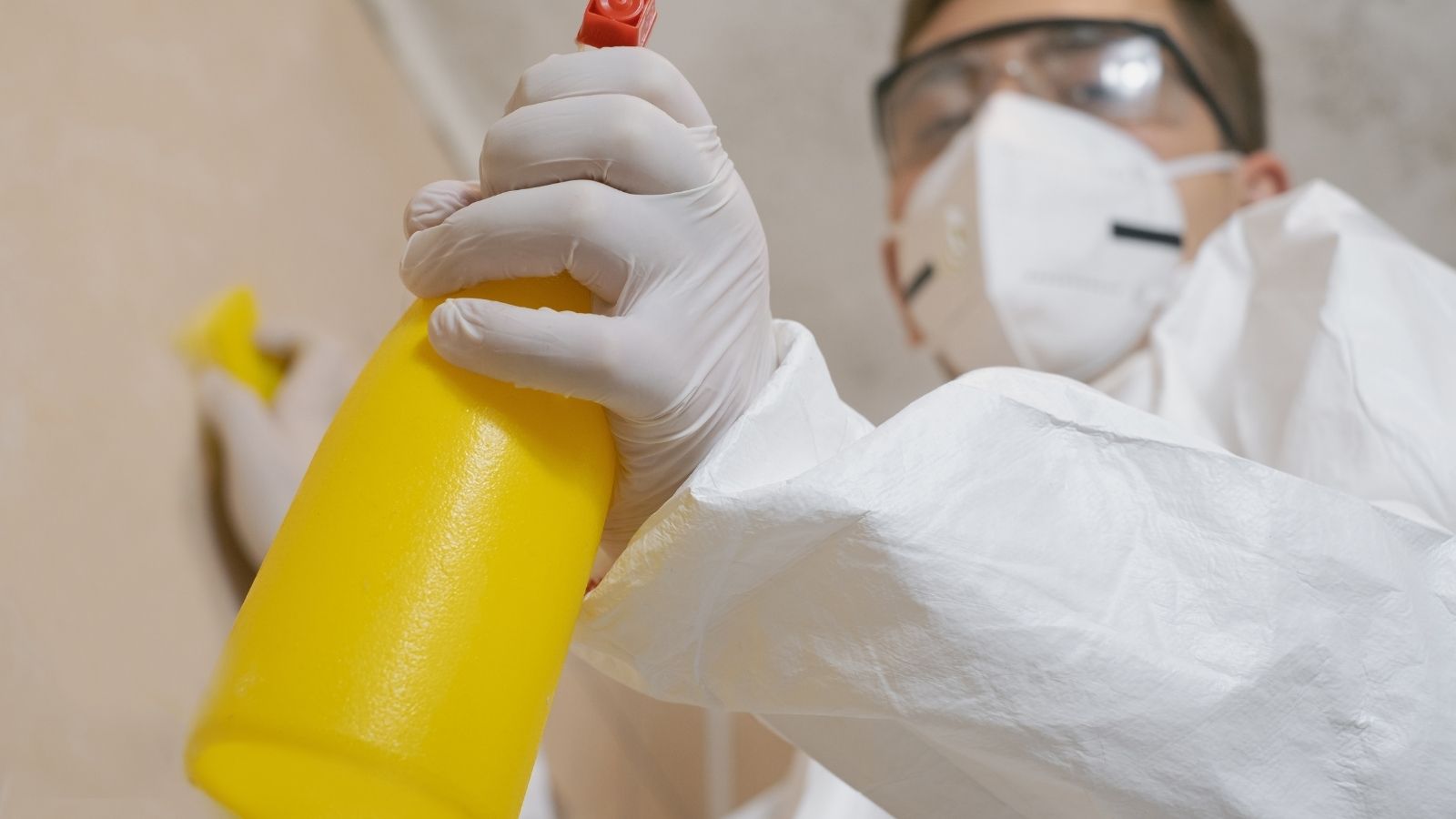
Mold can grow in hidden places, such as behind walls or under flooring, in areas with high moisture levels. Even if mold is not visible, it can cause respiratory problems, allergies, and asthma. Regularly checking for leaks and using dehumidifiers in damp areas can help prevent mold growth.
High Humidity Encouraging Mold Growth
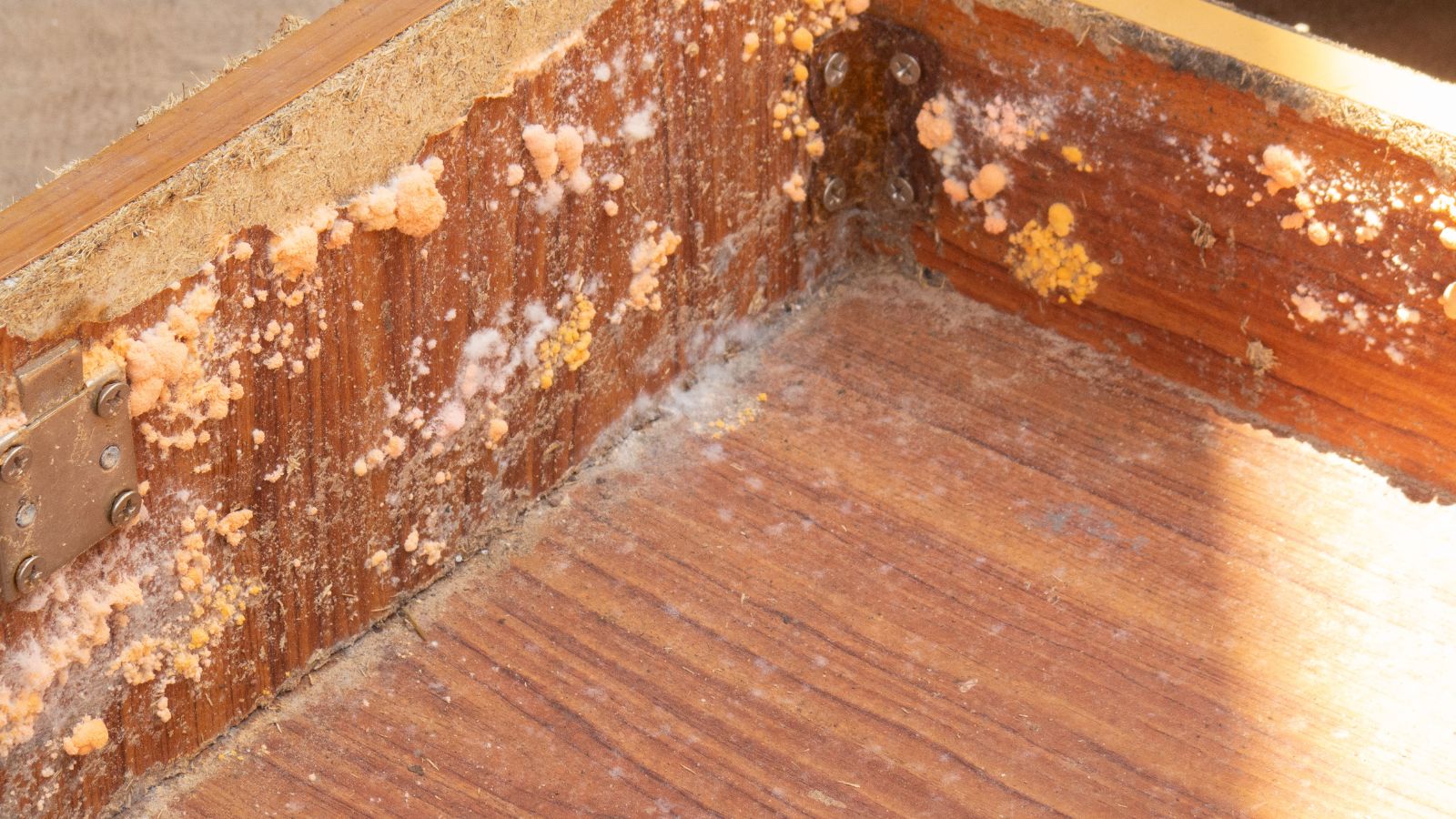
A humid environment is ideal for mold and dust mites, which can negatively impact air quality. High humidity can also worsen asthma symptoms. Keeping indoor humidity between 30-50% using dehumidifiers and air conditioners can help maintain a healthy atmosphere.
The Impact of Chronic Noise

Noise pollution from traffic, neighbors, or household appliances can lead to stress and disturb sleep patterns. Continuous exposure to loud noises can also raise the risk of cardiovascular diseases. Investing in soundproofing or using white noise machines can help create a more peaceful environment.
Unaddressed Acoustic Design

Acoustically designed homes can significantly impact how sound travels within the space. Poorly designed homes amplify noise, making it difficult to concentrate or relax. Implementing soft furnishings, such as rugs and curtains, can absorb sound and help create a quieter environment.
Insufficient Natural Light
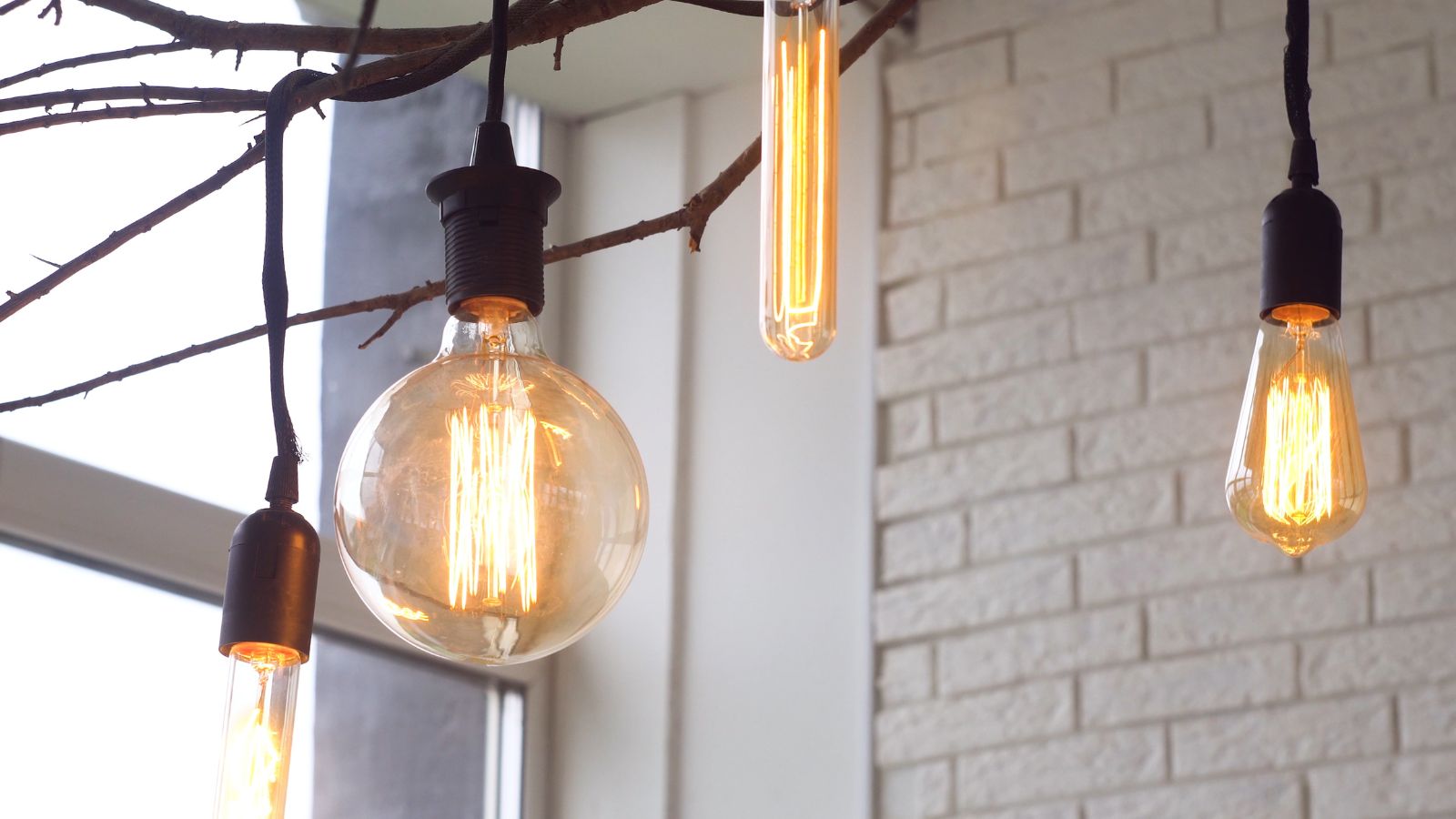
Natural light is crucial for maintaining a healthy circadian rhythm, which regulates sleep-wake cycles. Lack of exposure to daylight can disrupt these rhythms, leading to sleep problems, mood swings, and even depression. Maximize natural light by keeping windows unobstructed and using mirrors to reflect light into darker areas.
Blue Light from Screens

Prolonged exposure to blue light from phones, computers, and televisions in the evening can interfere with melatonin production, impacting sleep quality. Limiting screen time before bed or using blue light filters can help mitigate its effects on sleep.
Inconsistent Indoor Temperatures
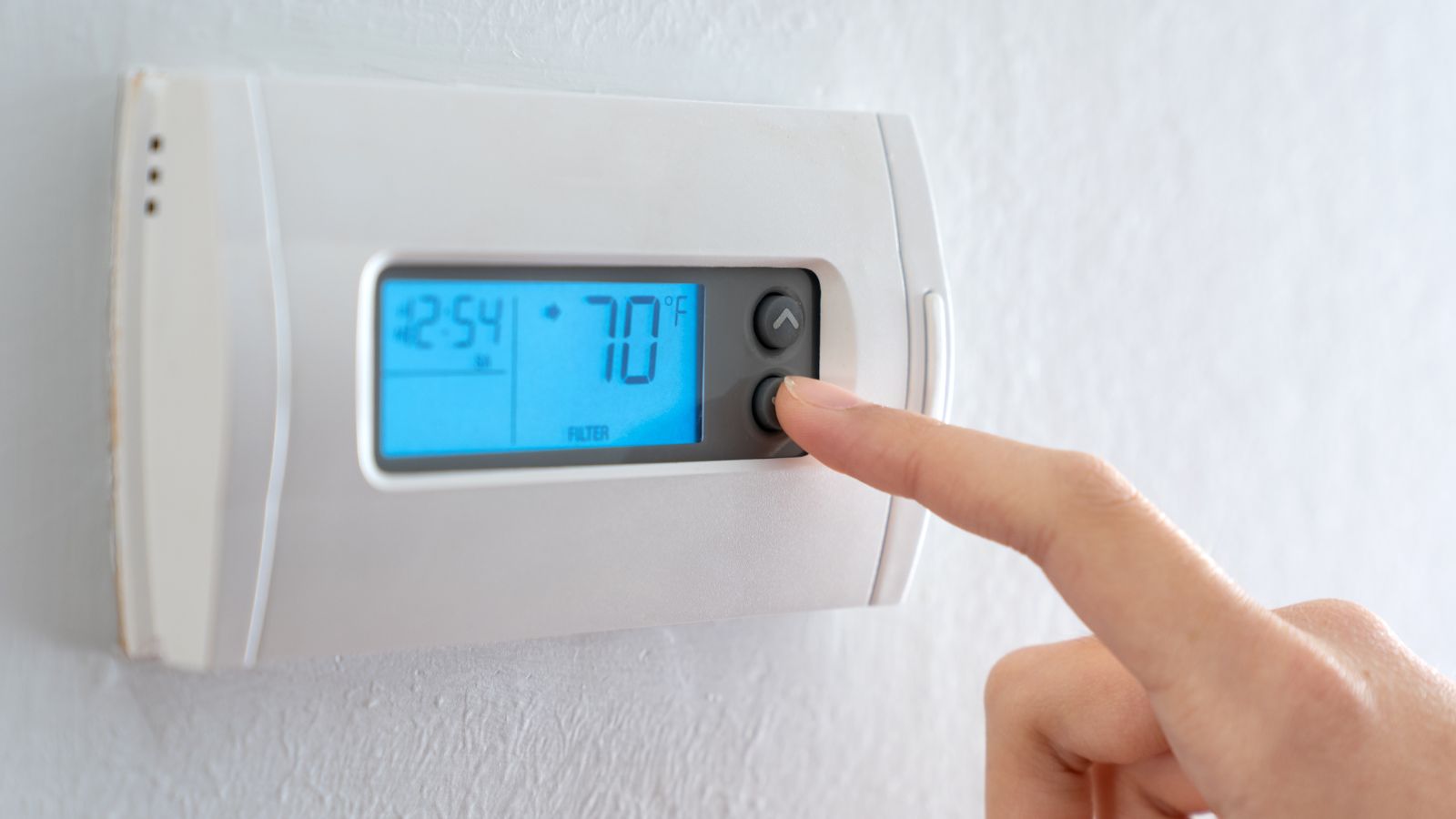
Temperature fluctuations or inadequate insulation can make it difficult for the body to maintain thermal comfort, disrupting sleep and causing stress. Ensuring consistent indoor temperatures with proper insulation, heating, and cooling systems can promote comfort and better rest.
Overuse of Air Conditioning
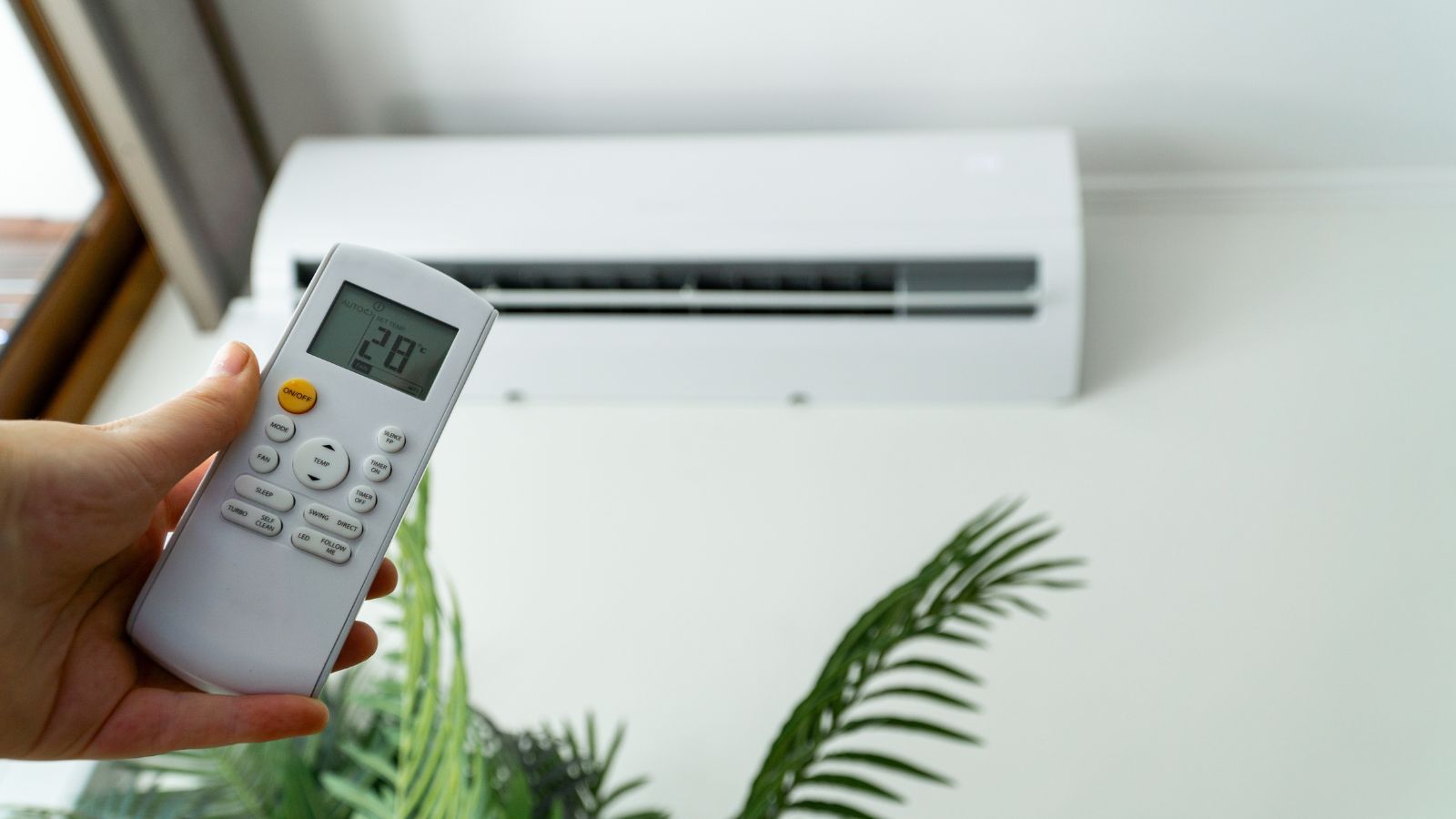
Although air conditioning relieves the heat, excessive use can dry out the air, irritating the respiratory system and skin. Using humidifiers and maintaining a moderate indoor temperature can help alleviate these issues.
Clutter-Induced Stress

A cluttered living space is more than just an eyesore; it can contribute to stress and anxiety, making it harder to relax, concentrate, or sleep. Taking time to declutter and organize your living areas can significantly improve mental well-being.
Dust Accumulation in Cluttered Spaces
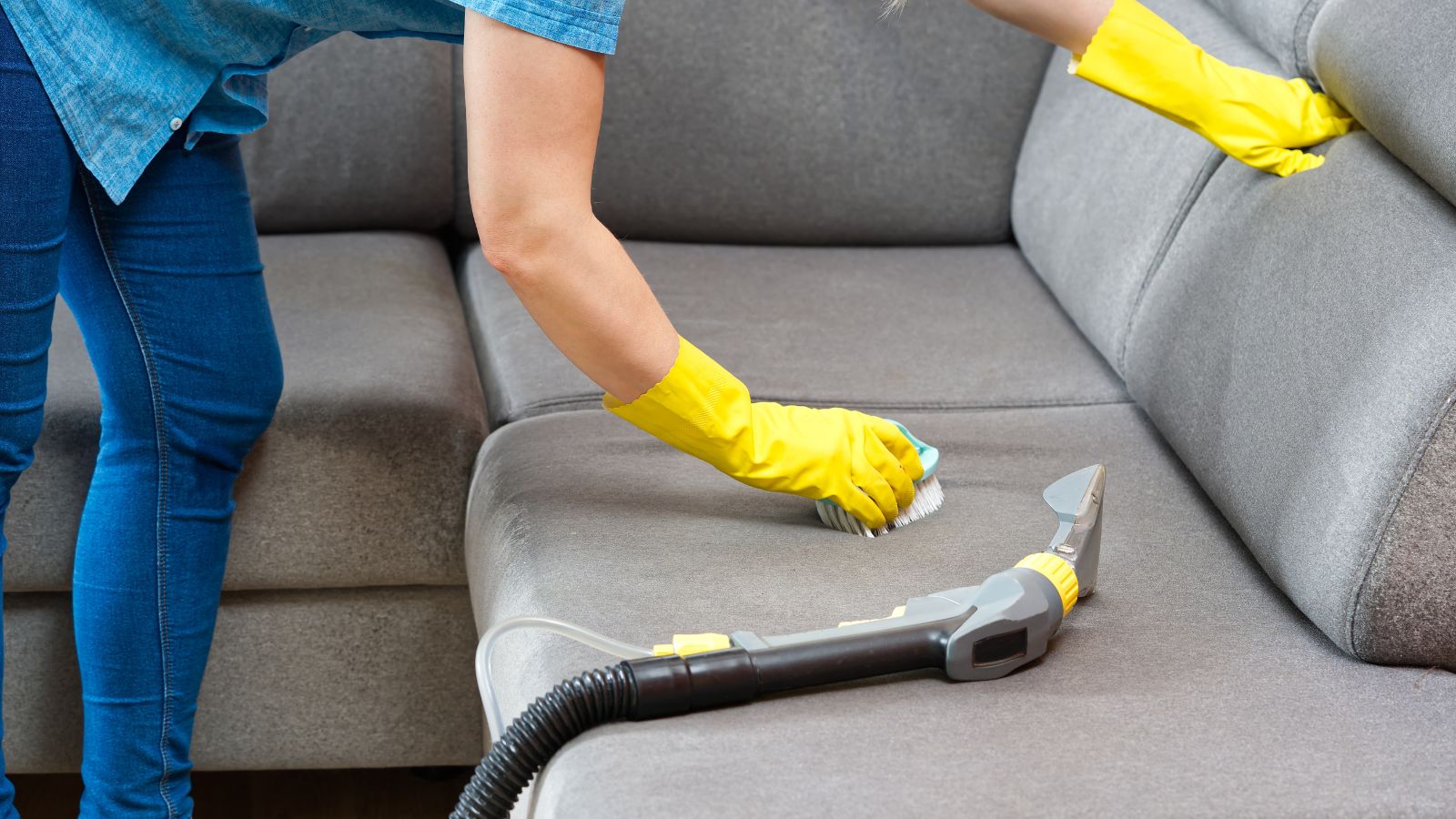
In addition to causing stress, cluttered areas can harbor dust, which may worsen allergies and asthma. Regular cleaning and organizing can help minimize dust accumulation and maintain a healthier living space.
Toxic Carpets and Rugs
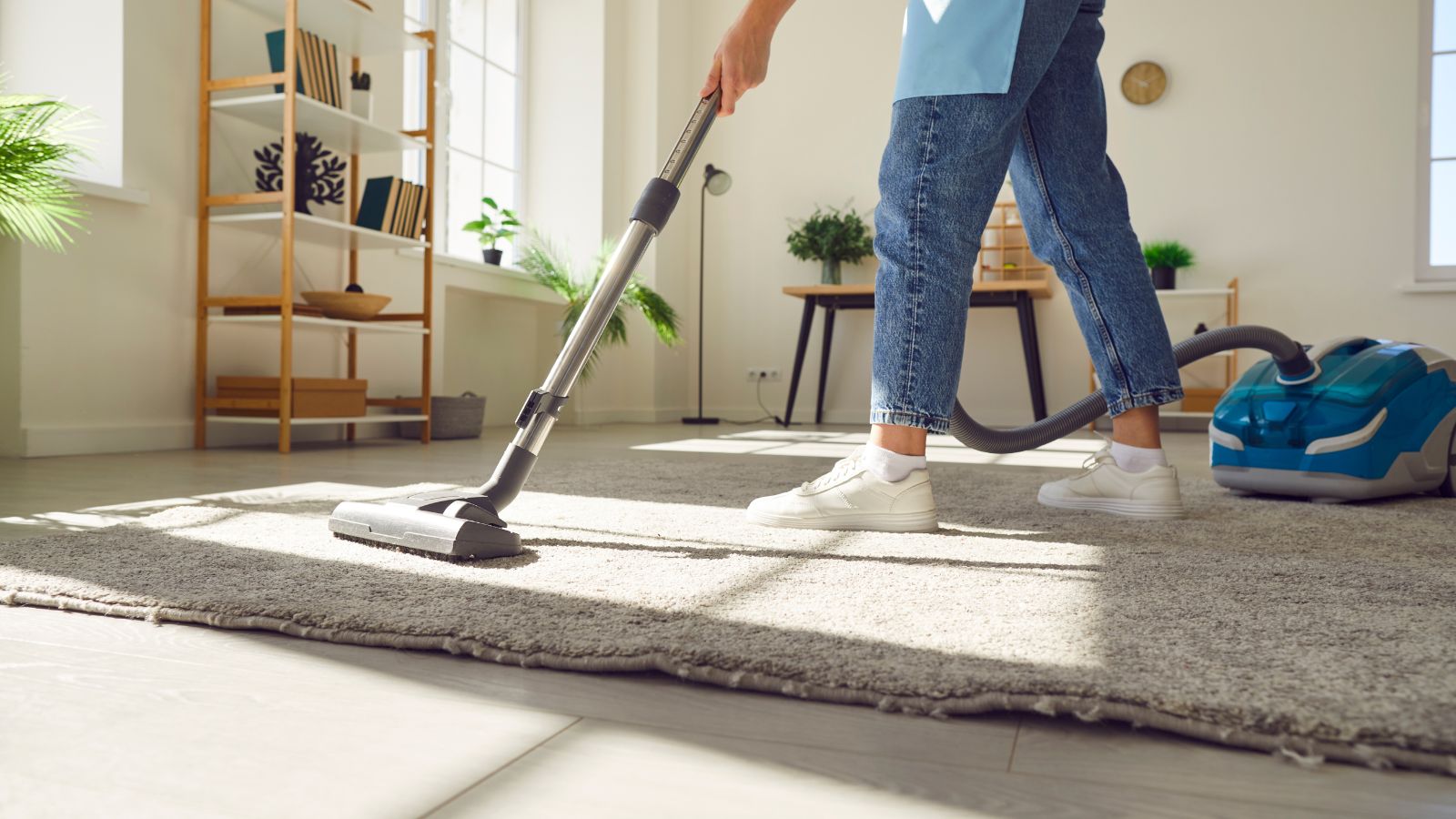
Carpets made from synthetic materials may release toxic chemicals and trap allergens like dust mites and pet hair. Regularly cleaning carpets and opting for natural fiber rugs can reduce exposure to harmful substances.
The Hidden Dangers of Old Mattresses

A mattress past its prime can lead to poor sleep quality, back pain, and even respiratory problems from dust mite accumulation. Replacing your mattress every 7-10 years and using mattress covers to protect against allergens can improve sleep hygiene.
Contaminants in Tap Water
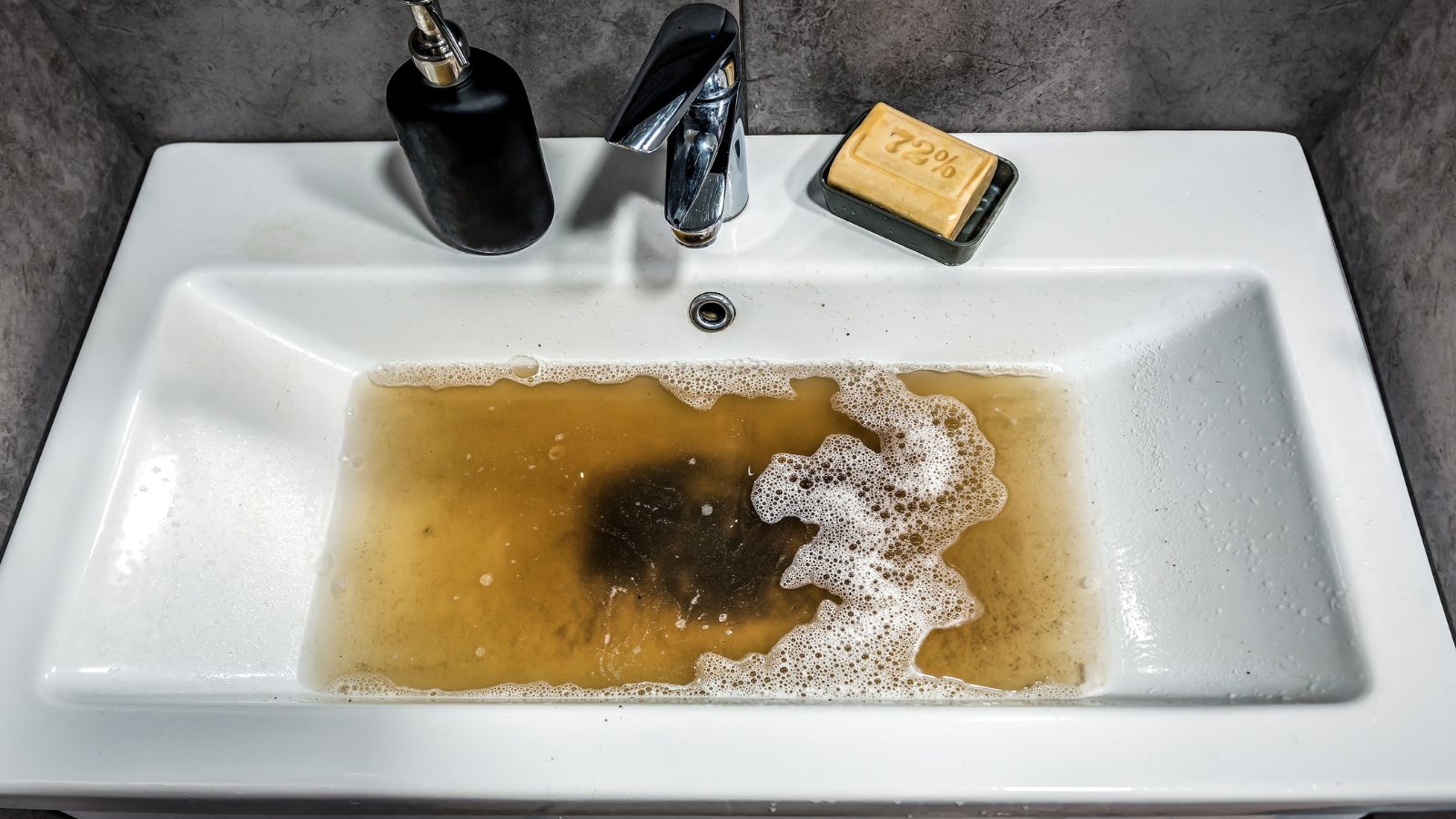
Depending on your location, tap water may contain impurities such as chlorine, lead, or pesticides that could harm your health. Using water filters can help remove contaminants and provide cleaner drinking water.
Water Damage and Leaks

Leaks, poor plumbing, and water damage pose structural risks to your home and encourage mold and bacteria growth. Regular inspections and promptly fixing leaks can prevent these issues from compromising health.
Conclusion

Your home should be a place of comfort and safety, not a source of potential health risks. By being aware of these hidden dangers and taking proactive measures, you can significantly enhance the well-being of your living environment. Simple steps like improving ventilation, using non-toxic products, and reducing clutter can make a big difference. Prioritizing your home’s health can positively impact your quality of life.
18 Reasons Why People Are Leaving Florida in Masses

Exploring factors that impact the desirability of living in Florida, this list delves into various challenges shaping residents’ experiences. From environmental concerns like rising sea levels to economic factors such as fluctuating job markets, these issues collectively contribute to a nuanced understanding of the state’s appeal.
18 Reasons Why People Are Leaving Florida in Masses
